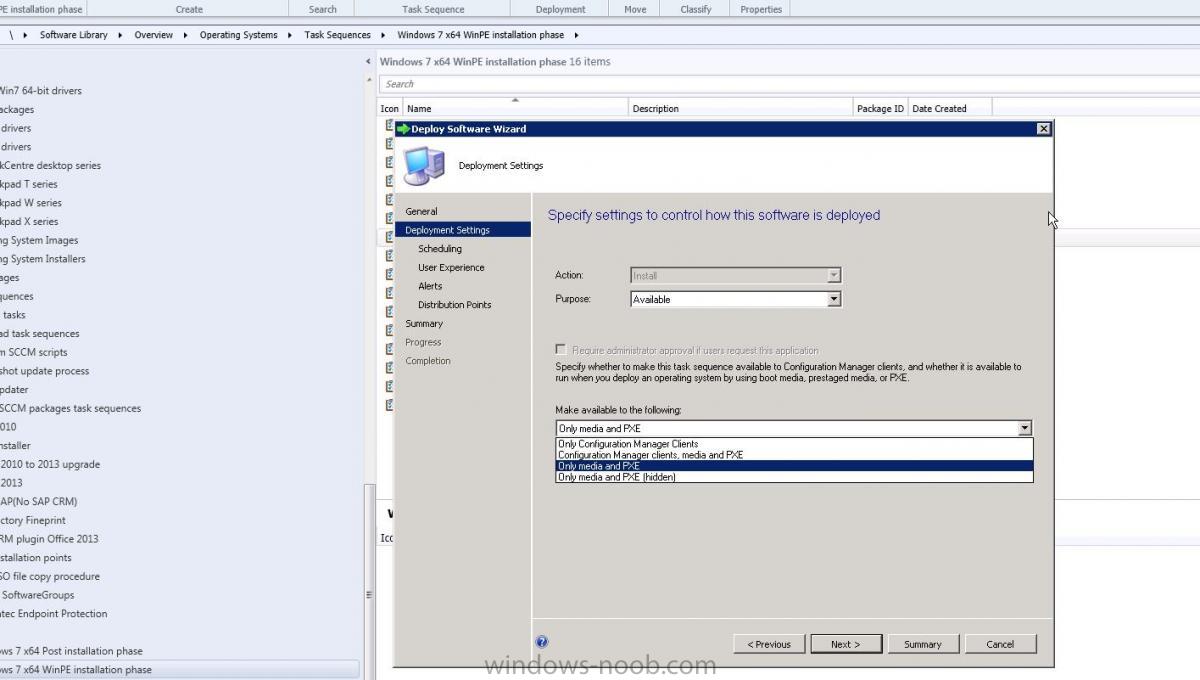
Integrates with Windows systemsīeing a Microsoft product, SCCM integrates very well with Windows systems and other Microsoft products. SCCM provides a suite of endpoint protection tools and with the correct configuration can be a full lifecycle management system for IT departments with a high percentage of Windows systems. SCCM includes a wide range of functions that provide flexibility over how patches are applied, generate system-wide reports, and allow for control over any Windows machine in the network from one central console. Pros of SCCM Part of a full lifecycle management system for Windows However, Microsoft SCCM presents several challenges for organizations looking for one solution to provide patch management across all devices, operating systems, and third-party applications, so it’s important to evaluate the pros and cons of patching with SCCM. While SCCM uses Microsoft’s WSUS patching system to check for and install updates, it gives users additional patch management control over when and how patches are applied and includes many more features that make it an attractive option for large enterprise networks.


And typically devices outside the corporate network need to connect back via VPN to receive patches, configuration updates, software, and more (unless the organization has also set up cloud management gateway (CMG) servers to help reduce VPN dependence with SCCM).


 0 kommentar(er)
0 kommentar(er)
